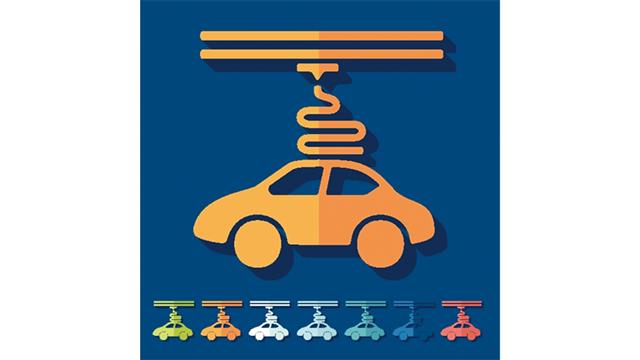In December last year when astronaut and commander on the International Space Station Barry E. Wilmore needed a socket wrench which was not available on the Space Station, he just printed it with a 3D printer, saving him the trouble of waiting for the next resupply mission.
In addition to this ordinary tool, the aerospace industry is using 3D printing to make something bigger. NASA engineers recently have used 3D printing to produce the first full-scale copper engine part, a combustion chamber liner that can withstand both extreme hot and cold temperatures.
3D printing is also transforming the way manufacturing is done. The automotive industry began using 3D printing technologies long before most other industries did. Ford and BMW started using it in the late 1980s when the technology was still commonly known as 'additive manufacturing'.
Over the last two decades, the automotive industry has been exploring the use of such technologies, from building prototypes to direct production of parts. BMW uses 3D printing to produce a light-metal water pump wheel for its racecars. The technology shows its greatest advantage in the production of small batches of high precision, high accuracy parts.
The first commercially available 3D printer was invented in 1986 by Charles Hull. When interviewed by CNN recently, he said that some of the medical applications of 3D printing technologies surprised him the most.
The ability of 3D printing technology to revolutionize medical care is indeed astonishing. Now surgeons can use CT scan data to create 3D-printed replicas of hearts, kidneys and livers to guide surgeries. These replicas allow surgeons to see the organ in its actual size and to carry out precise pre-operative planning.
They also use 3D printing to customize implants for patients to replace damaged body parts. Researchers at the University of Michigan have used 3D printers to create patient-specific splints with 'bioabsorbable' material to treat infants born with defective airways.
3D printers are also perfect for creating cheap prosthetics. A volunteer organization called e-NABLE specializes in providing free 3D printed prosthetic hands for children and adults born with missing fingers or hands.
There are 3D printers that use a special ink that can be combined with biomaterials and living cells to build living tissue and miniature human organs. At this point these 3D-printed living tissues are used for research and pre-clinical screening, such as drug testing. But developments in this area are heading towards 3D printing replacement organs from a person's own cells.
According to the Wohlers Report 2014, an authoritative publication on the developments of the 3D printing industry, the worldwide 3D printing industry is expected to grow from $3.07 billion in revenue in 2013 to $12.8 billion by 2018, and exceed $21 billion by 2020.
Though 3D printers are not yet a household item because of their prices, you don't have to be a spaceman to try your hand at making your own 3D products. The CUHK Library offers 3D printing service at the Learning Garden.


